Leather is an Upcycled Material
- How does the leather industry get the rawhide?
- What are the common types of leather used in the industry?
- What are some of the environmental effects if we don’t upcycle leather into leather goods?
- What should you check first before buying exotic leather goods?
Audio Format
TRANSCRIPTION / WRITTEN ARTICLE
Hello, everyone! I’m Tanner Leatherstein and welcome to Leathertainment Episode 3. So, we had a busy week this week and a couple of unexpected issues we were trying to deal with here at the clubhouse where we do this production and creative work for our businesses.
Well, most of you know this was kind of like the last week of taxes accounting. I absolutely hate accounting, and I have to do a lot of chores that I owe to my accountant. You know, he was chasing me for about two months now, I guess. Now, I finally delivered all documents he needed at the last minute. I guess now he’s struggling (I’m sorry about that!) but I just can’t get myself to work on accounting unless it’s the last minute.
Anyway, on top of all that little stress, we had a raccoon situation going on in our clubhouse. We know a raccoon was kind of living from time to time here in our attic space. We got him on camera. But I wasn’t able to capture him in a cage, remove him, and put him somewhere else far. So, we eventually realized something got into our vents and made a lot of sounds for the past few weeks. We called animal control. We called pest control. No one was able to help us because it was obviously in the vent or something.
So, anyways. Today, some professionals came to remove a couple of dead rats from searching the attic space in the raccoon business. Well, presumably raccoon killed some rats in the attic which was quite stinky and we still have some of the smell residues here. It’s not pleasant. That kind of leads to my subject in this episode. I wanted to start with that stinky part of the week.
What would happen if the leather industry wouldn’t take the rawhide once it’s dropped from the animal after the slaughtering happens? It would stink, and that would be a waste. A very– actually, microbic, very contaminating issue. There are a lot of regulations around handling that kind of waste in the health code. So, it would be a big problem if the leather industry didn’t exist.
I want to talk about this because this is kind of a personal, repetitive question that I get from people that learns that I’m in the leather business, and sometimes they’re vegan and vegetarian people. Well, we respect all kinds of lifestyles and completely love what they do. But, immediately some of them jump to the presumption that we are killing animals in the leather industry. They’re like, “Oh, you’re killing animals. I don’t like leather and vegan leather (which is not a thing).” We’re going to talk about it in a different episode.
But, I want to tell everybody here that the leather industry never kills animals. I’m talking about the general leather we all use (cowhides, sheepskins, goats, and pigs). These are all the animals that are slaughtered for their meat. None of these animals are ever killed for their leather. It’s just not possible. Everything happens in this world, in today’s structure, for economical reasons. There’s a demand for meat, there’s a lot of meat in the animal, and it makes money. So, that’s why there’s a business that grows the animal. There’s a business that slaughters it. There’s a business that distributes it. And you and I enjoy a good burger.
So, that’s why the meat industry exists. Leather, the rawhide, is a by-product waste of that process. Whenever an animal is killed, got skinned out, that dropped rawhide is a very time-sensitive waste at that point because it’s just like fresh meat. Nothing different. If you don’t touch it and preserve it right away, it’s going to go into destructing itself very quickly because the bacteria start growing on it, especially in room temperatures or even hotter days. It’s going to putrefy and stink in two to three days.
If the leather industry or someone doesn’t take it under control of a preservation technique (which could be drying, salting, or some other less usual methods of preserving rawhides), that’s the only way to stop the putrefaction process so it can be kept up until the time that it gets to the tannery and gets into a production cycle which is going to be an upcycling process giving us the leather– the fabric, the natural fabric that has been produced by humans for I don’t know how many thousands of years now.
That was the first fabric that we used to clothe ourselves and all that stuff. I wanted to say this is probably one of the first practices of upcycling which is very popular these days. I was just doing a little research before the episode, and I wanted to look what was the difference between upcycling and recycling. So, upcycling is taking a waste product and (without destructing it) making it into something else to give it a new use and new life, which is what happens in the leather business.
We take the rawhide. We make it through a bunch of processes in a month or two, and it turns into something else like fabric. Then, it becomes a wallet, shoes, bag, or couch, you name it. And that has a second life now. Recycling is something that becomes a waste and it gets destructed, and then it turns into something else. In leather, we don’t destruct things because we just take the rawhide and just turn it into something else.
So, I think the upcycling term came about around the 1990s (94, 98, there are different articles going on on the web) but this practice has been going on for about thousands of years. I think it was before BC, people have been using leather for clothing or articles. That makes me pretty confident in saying that leather is one of the first practices of upcycling. Hopefully, this will answer the question in a lot of your guys’ minds. Where does the leather come from? Leather comes from the meat industry and if the leather is not taken at that point, it’s going to be absolute garbage in two days, and it’s actually a health situation at that point because there’s a lot of them. Like, every animal produces a huge hide.
A cow gives you a hide that’s about like 80 to 100 pounds when it’s wet. And imagine thousands of animals slaughtered every day for their meat. This is a huge waste we’re talking about if this needs to go dumped somewhere and then the gases that will come out of the destruction process with the bacteria working on the leather. That’s going to be a huge mess. I think there’s a very strict policy by the FDA. You can even go and get rawhide from the slaughterhouse because of those health concerns. There’s a bacterial infection risk around it. I think slaughterhouses can only give the raw hides to someone who knows how to cure it or it has to be processed before it gets out of the slaughterhouse to prevent those kinds of health and waste risks.
What happens when leather, or the tanneries, get the rawhide from the slaughterhouse? It’s pretty much the same process. They just take it on a daily basis. They salt it. They rest it for a while. What happens when you salt the rawhide is that it takes the excess water in the skin out by the osmosis process, and it prevents or slows down the bacterial growth on the skin so it doesn’t putrefy until it gets into the drums. Then further chemical processes happen. We basically completely eliminate bacterial activity. We take it under control by tanning the leather with different techniques such as vegetable tanning, chrome, oil tanning, and a bunch of other untraditional techniques as well.
At that point, maybe about a week or two in the tannery, leather becomes a stable product. It’s not finished yet. It’s halfway down, but now you can leave it aside for a really long time. Bacteria will not grow on it and it’s not going to be putrefied. You can keep it as half-product stock until you have an order or you know what you’re going to do as a finished product out of it and all that good stuff. Once you pass that stage, you get the leather dyed. You finish it. You paint it depending on the product that you’re going after. Then, it turns into a beautiful craft.
All the stuff that you buy at Chanel for thousands of dollars, it’s coming from sheepskins because some people like to eat sheep meat. Cows, the same thing. A lot of cows become bags. They become shoes and couches. There’s a lot of use for cowhides. I think most of the leather produced in the entire world is coming from cows because that’s the main source of meat and that’s the largest animal producing a large hide that gives us a lot of use with the versatility of the hide.
Other minor leather sources are the goats. Again, slaughtered for their meat. It can be made into shoes, gloves, or garments. Lastly, pigs. There’s a lot of pig production. Because of the hair and grain structure of the pig, it’s not the most desirable leather but it has been used a lot in suede form or as a lining of a lot of fancy articles, garments, shoes, and wallets.
Those are the four major types of animals where we get leather as a by-product waste of the meat industry. There’s one exception that might be worth mentioning here which is the exotic leather space. Those are the animals that may not be killed for their meat. They might be killed for their skin, or they might be killed for other reasons and skin might be the most valuable thing for that animal. So, those are different things.
There’s further, further controls and regulations in that exotic space. There’s a protocol called CITES. This is the organization that kind of oversees the humane ways of harvesting exotic skins from crocodiles and snakes– I’m not sure if ostrich can be considered in the CITES regulation, but as far as I know, it should be an animal type that’s endangered species class. We need to make sure that they’re not killed for their skins (elephants and so forth).
Sometimes, we have seen some very cruel videos about foxes being killed for their furs. Some small animals like chinchillas and all that stuff. So there’s a humane way of raising these animals for their skins and harvesting their leather. There are absolutely inhumane and cruel ways of doing it, and unfortunately, it’s being practiced around the world as well without– you know, under the sunlight, in dark spaces. But there’s an organization for that to regulate the movement of these types of skins and customs. They don’t move from country to country without having that kind of certification.
That part of the leather industry is a very, very, very small portion of the entire leather space, but it’s still worth mentioning since we talked about the clean practices of the common leather (cow, sheep, goat, and pig) hides. If you’re considering an item made out of exotic skin, make sure to read for those labels and check the certifications. Make sure it’s coming from the right sources since it can be iffy. But, if you’re consuming a typical leather good from a big brand that’s just shoes, purses, and bags that’s made out of cow, sheep, goat, or pig skins, you’re good to go. It’s an upcycled material. You’re actually doing a favor to the world by eliminating or upcycling waste and putting it back into the economy, and you know, you’re giving it a second life, a further use, pleasure, and a nice look to whoever is using it or making it.
Hopefully, that explains a little bit of the good side of the leather industry which is not very commonly known and makes us friends with the vegan and vegetarian community that might be under the wrong impression. Again, hopefully, this helps you understand the leather space a little bit better. It was fun to talk about this side of the leather industry. We’re looking forward to talking with you in the next episode on a different subject. It could be the vegan leather subject which is another point that’s worth talking about in length. Thank you so much and don’t forget to subscribe to our podcast or YouTube channel. Have a great week!





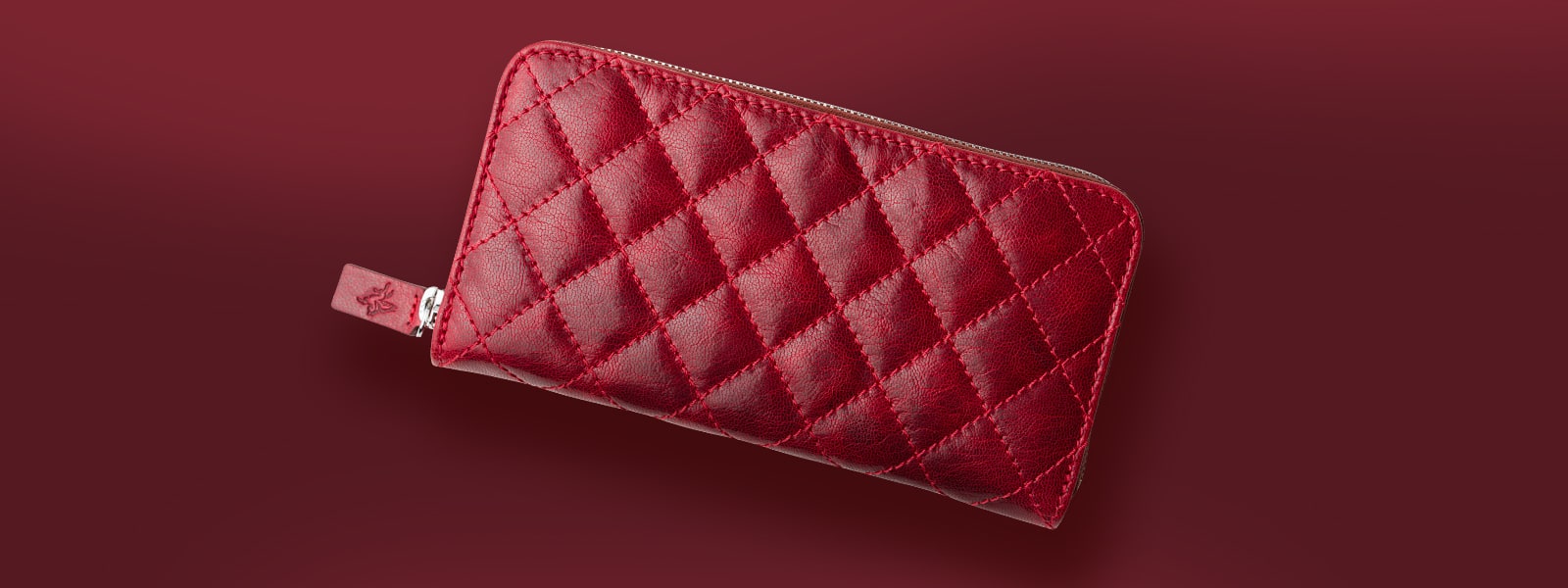
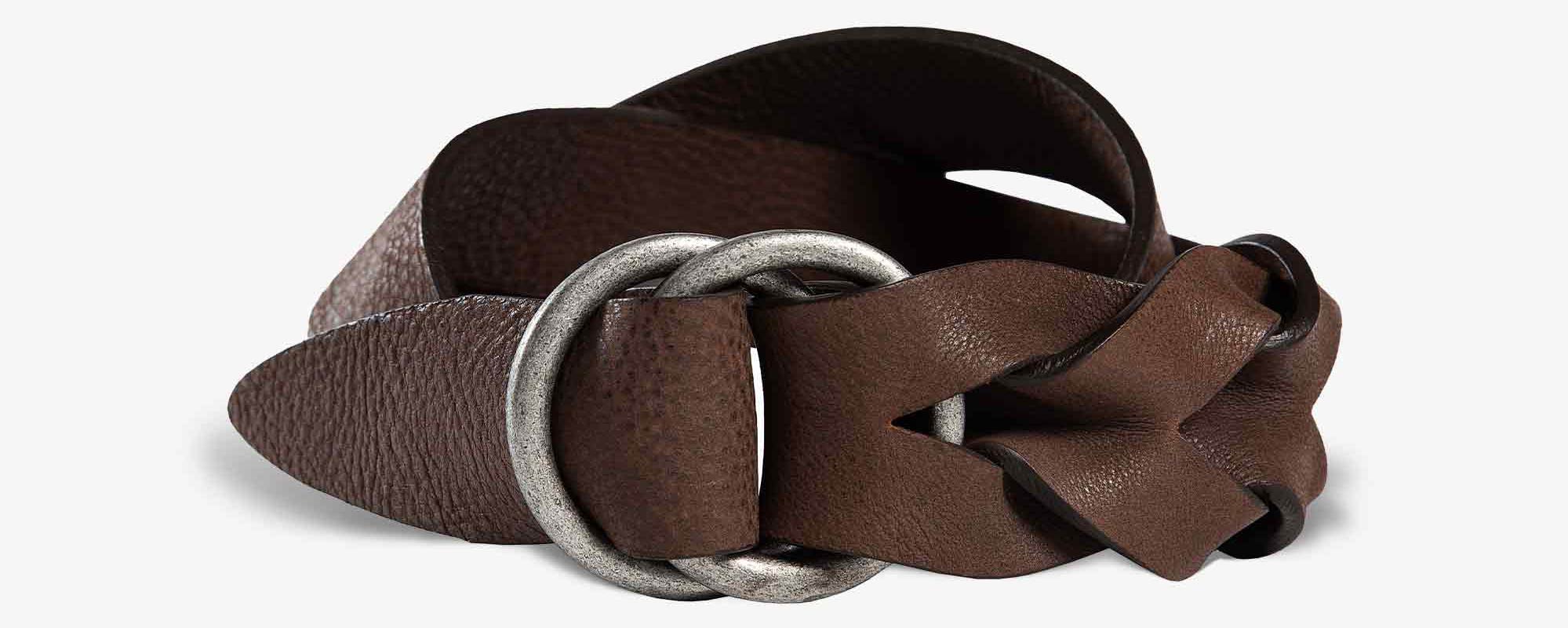
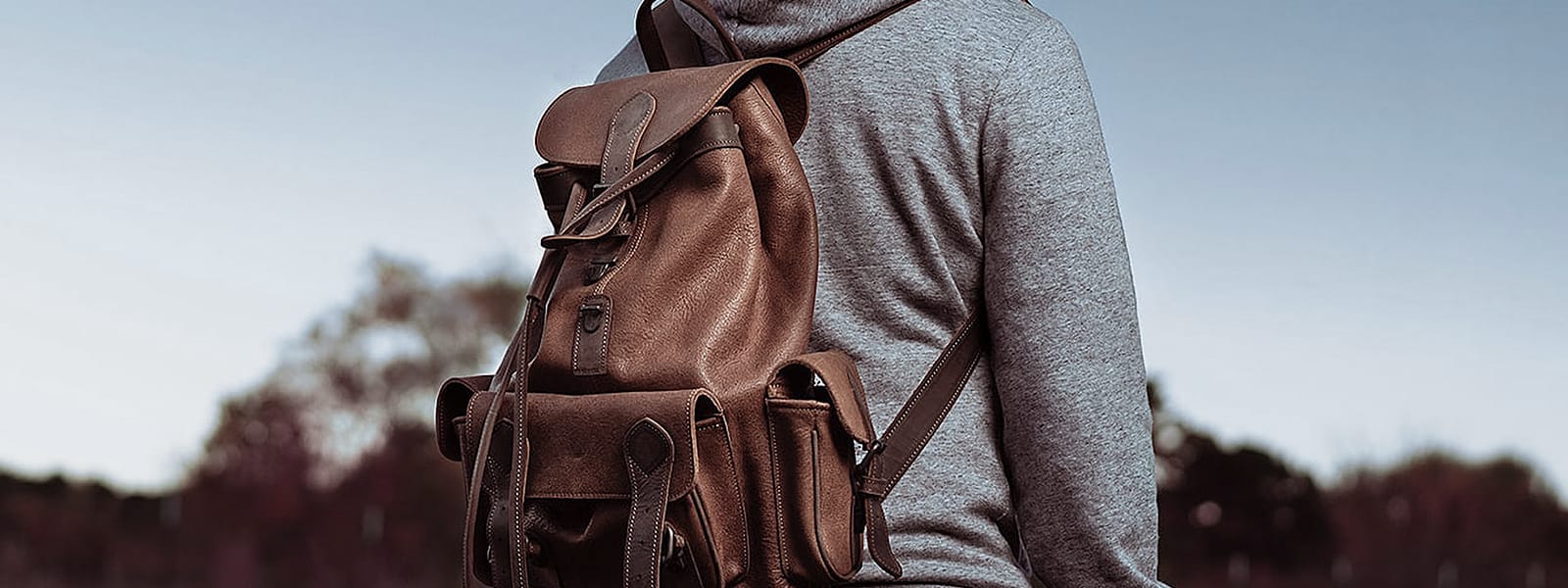
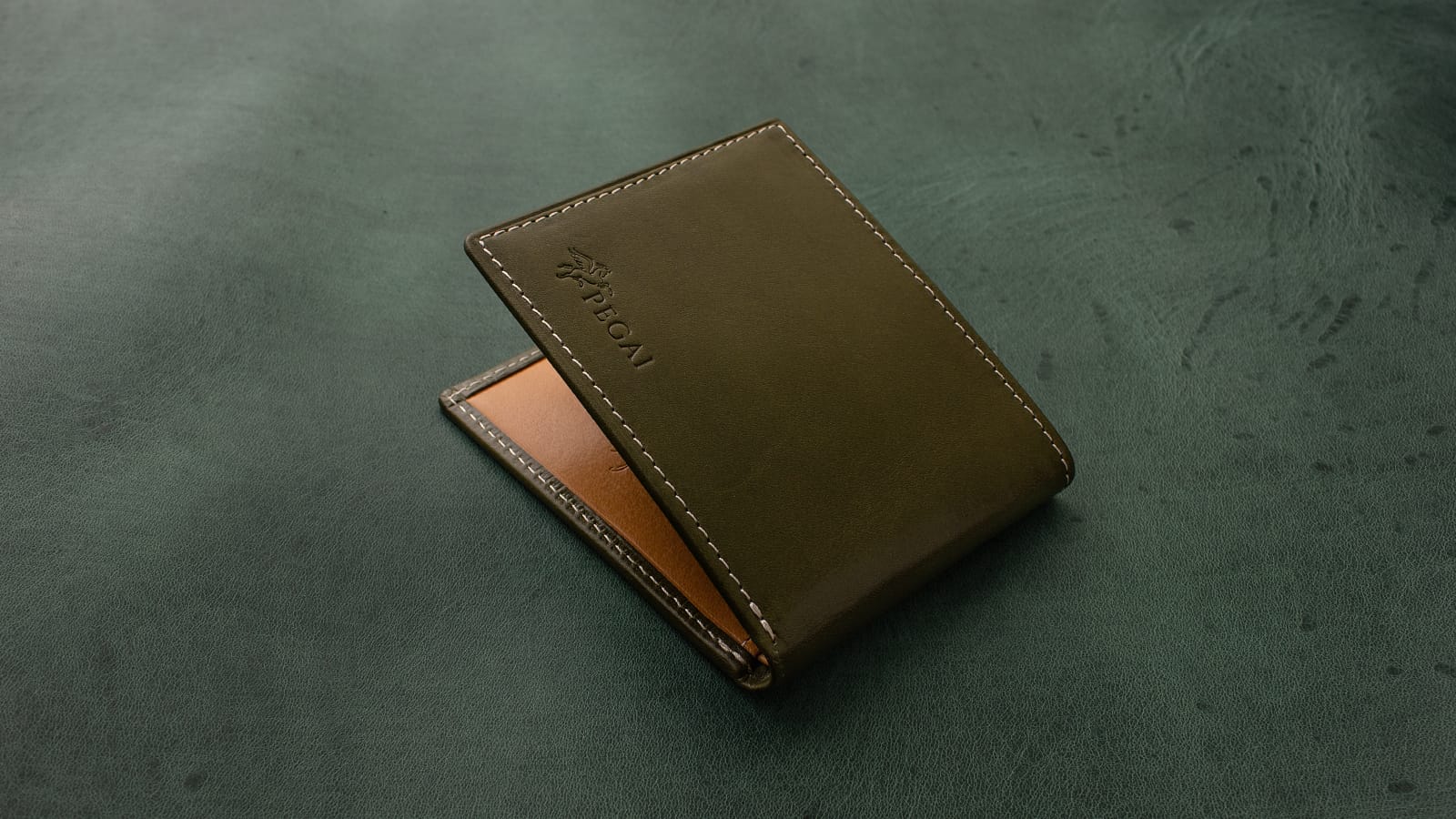
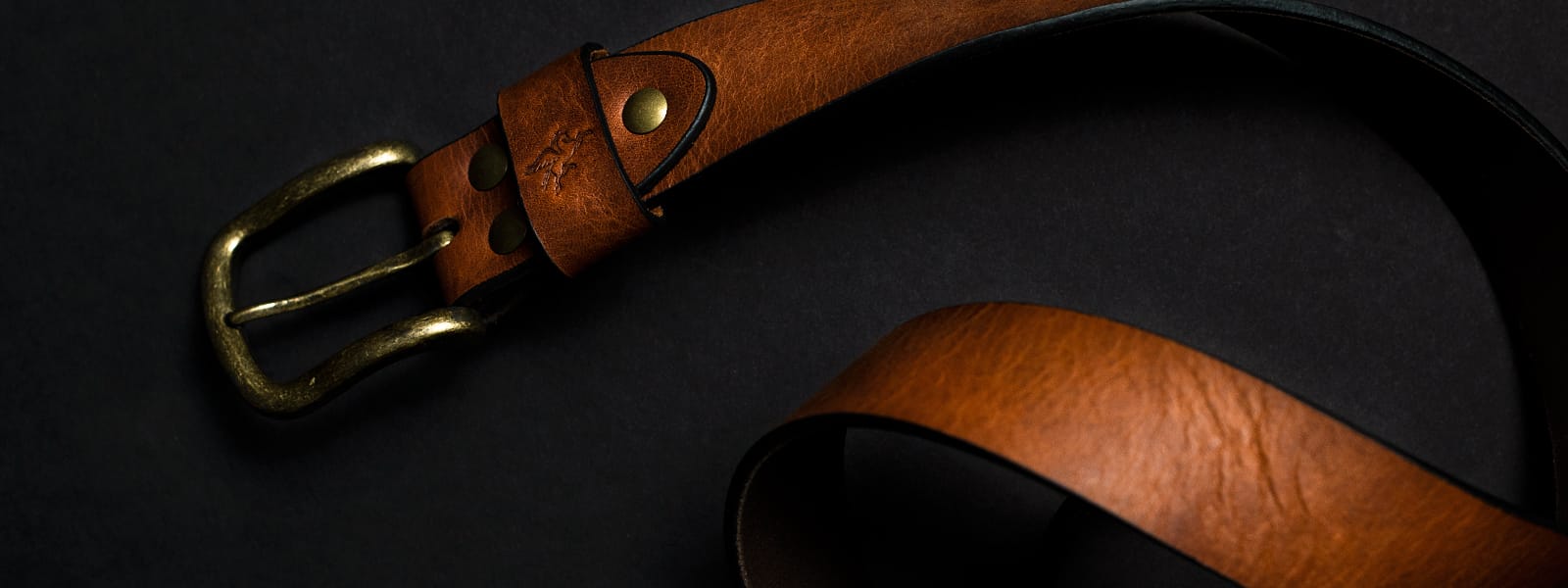

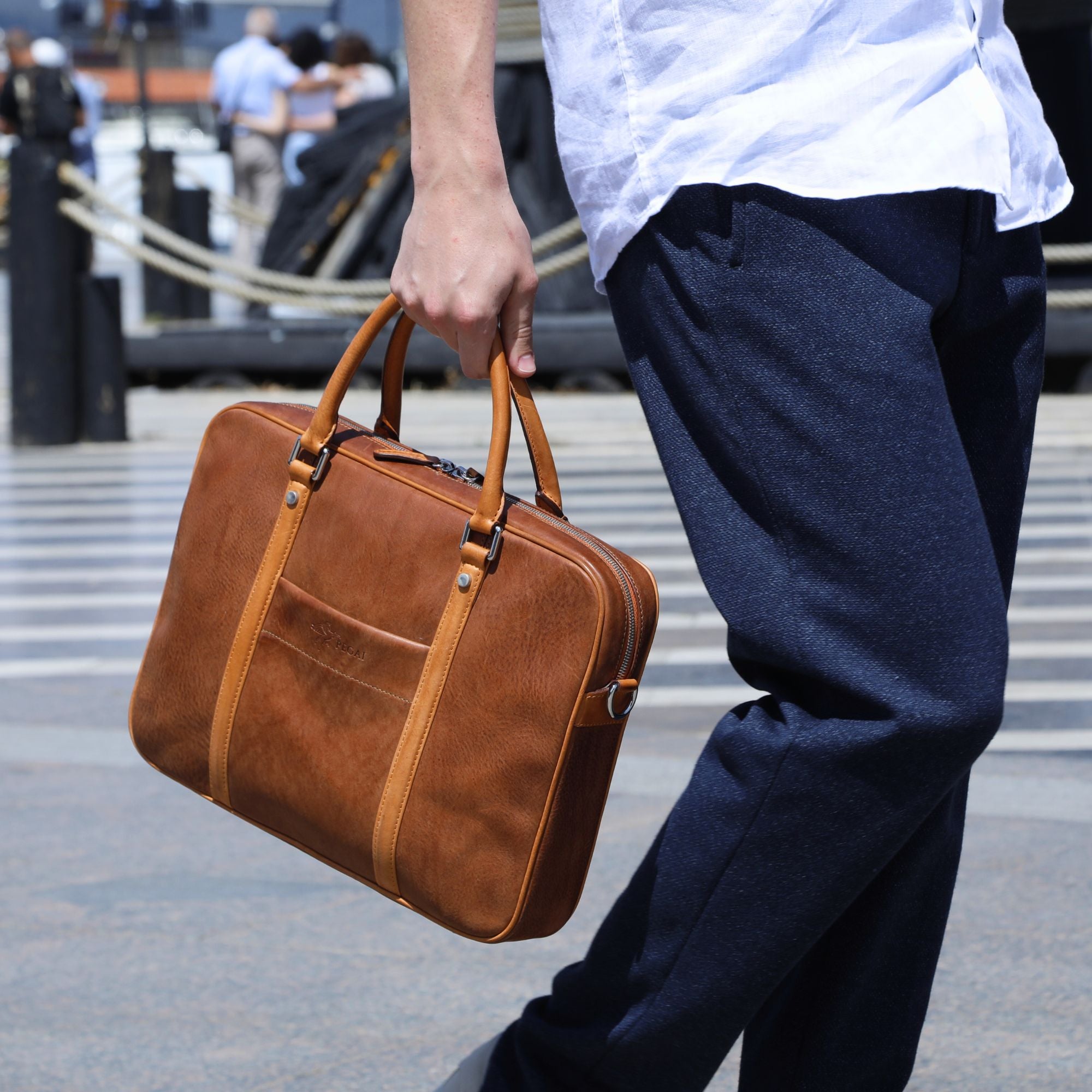
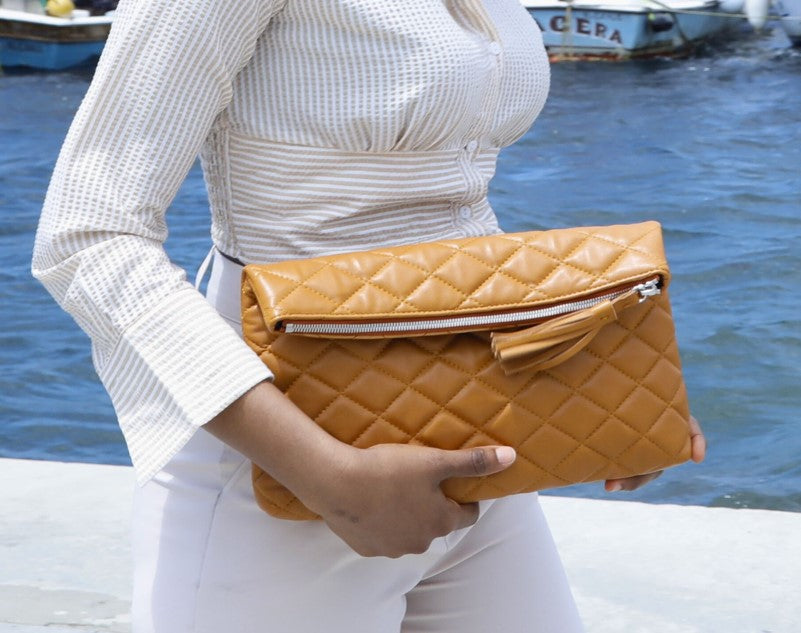

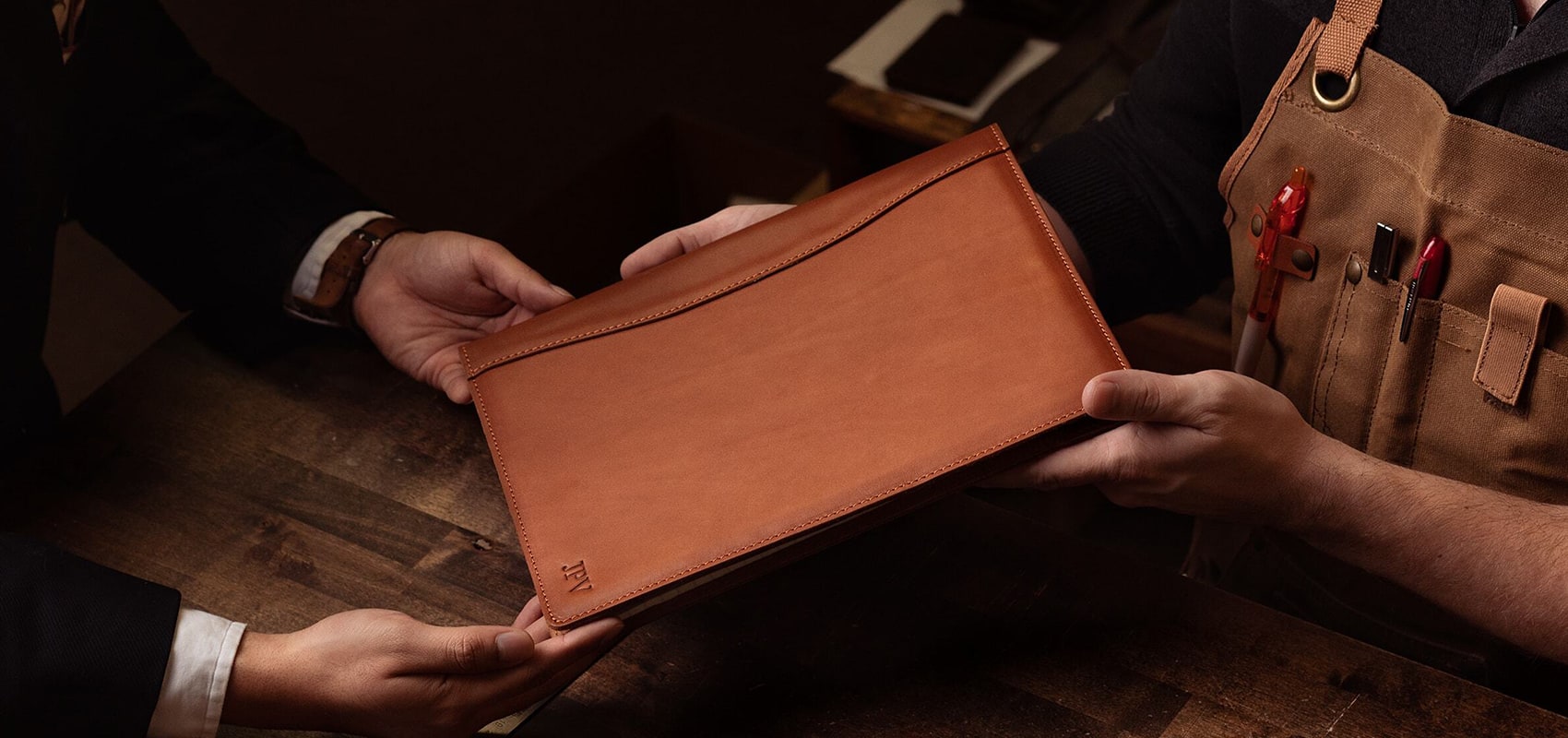
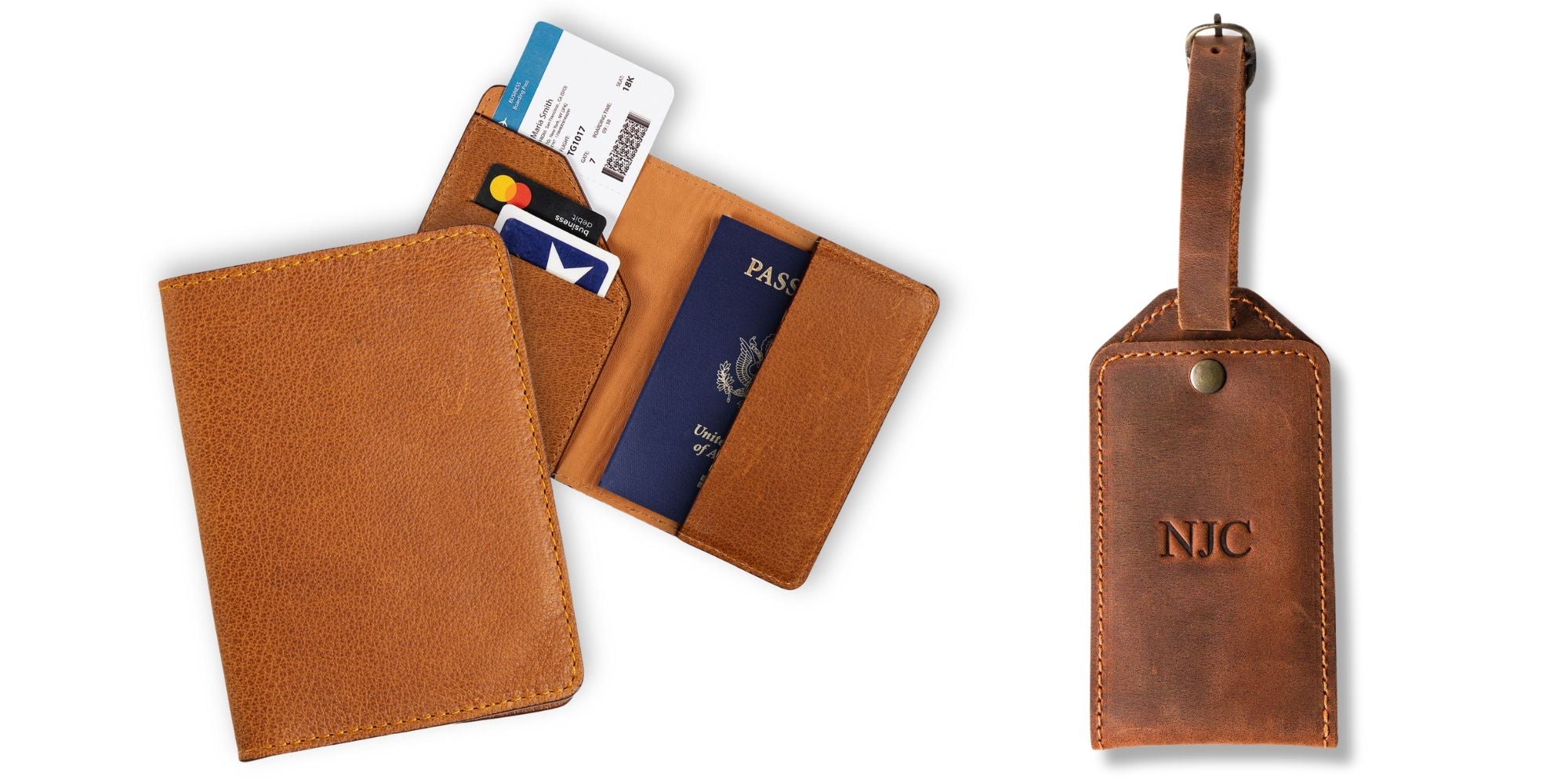
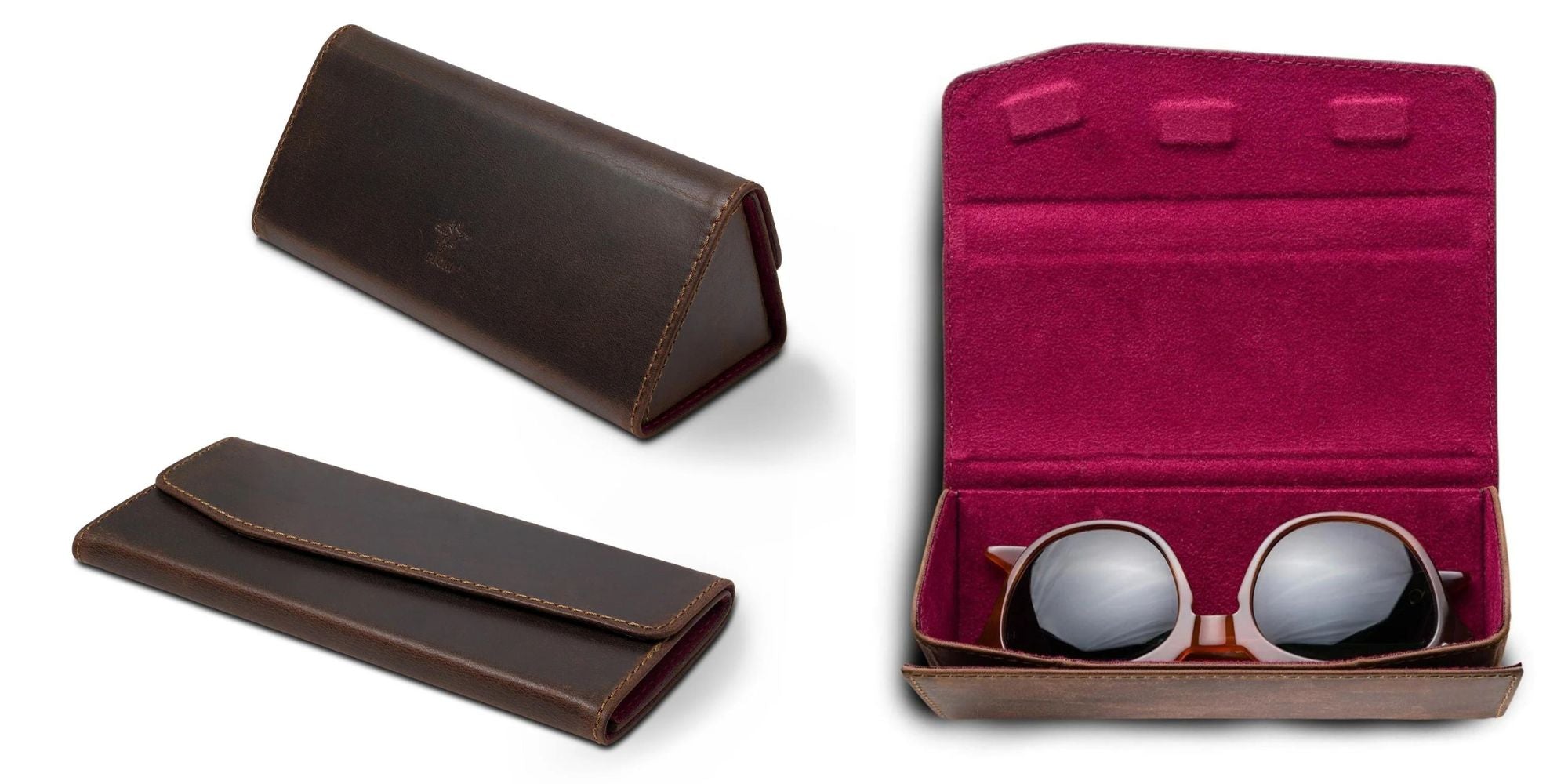


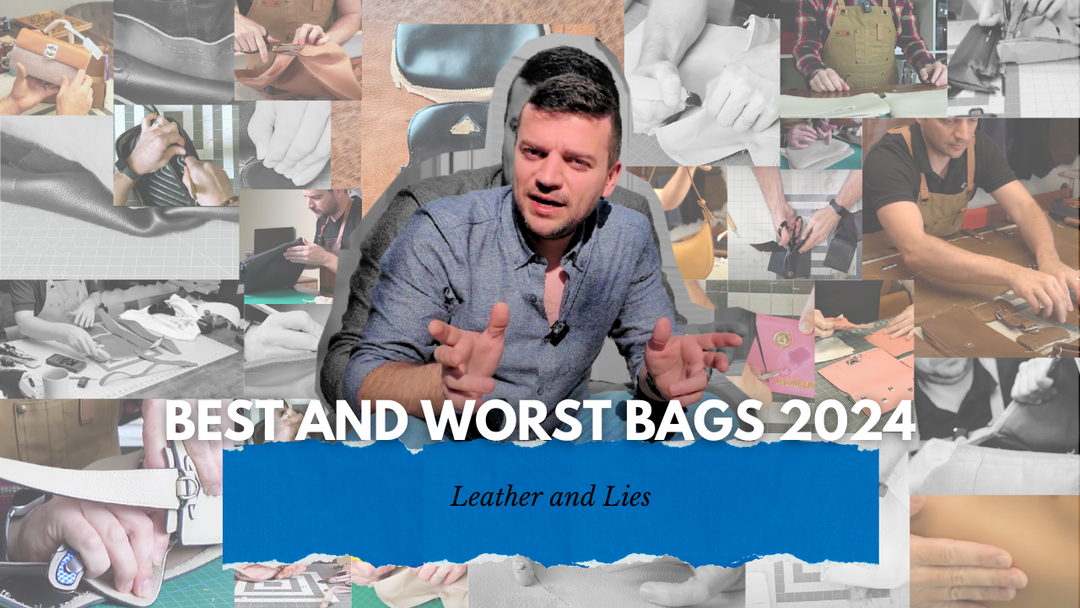
Leave a comment